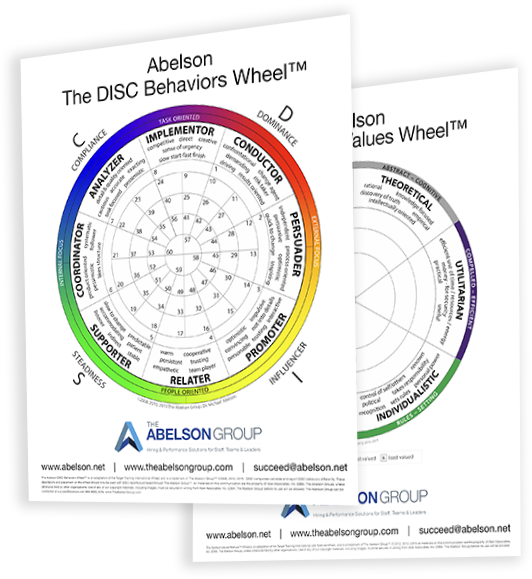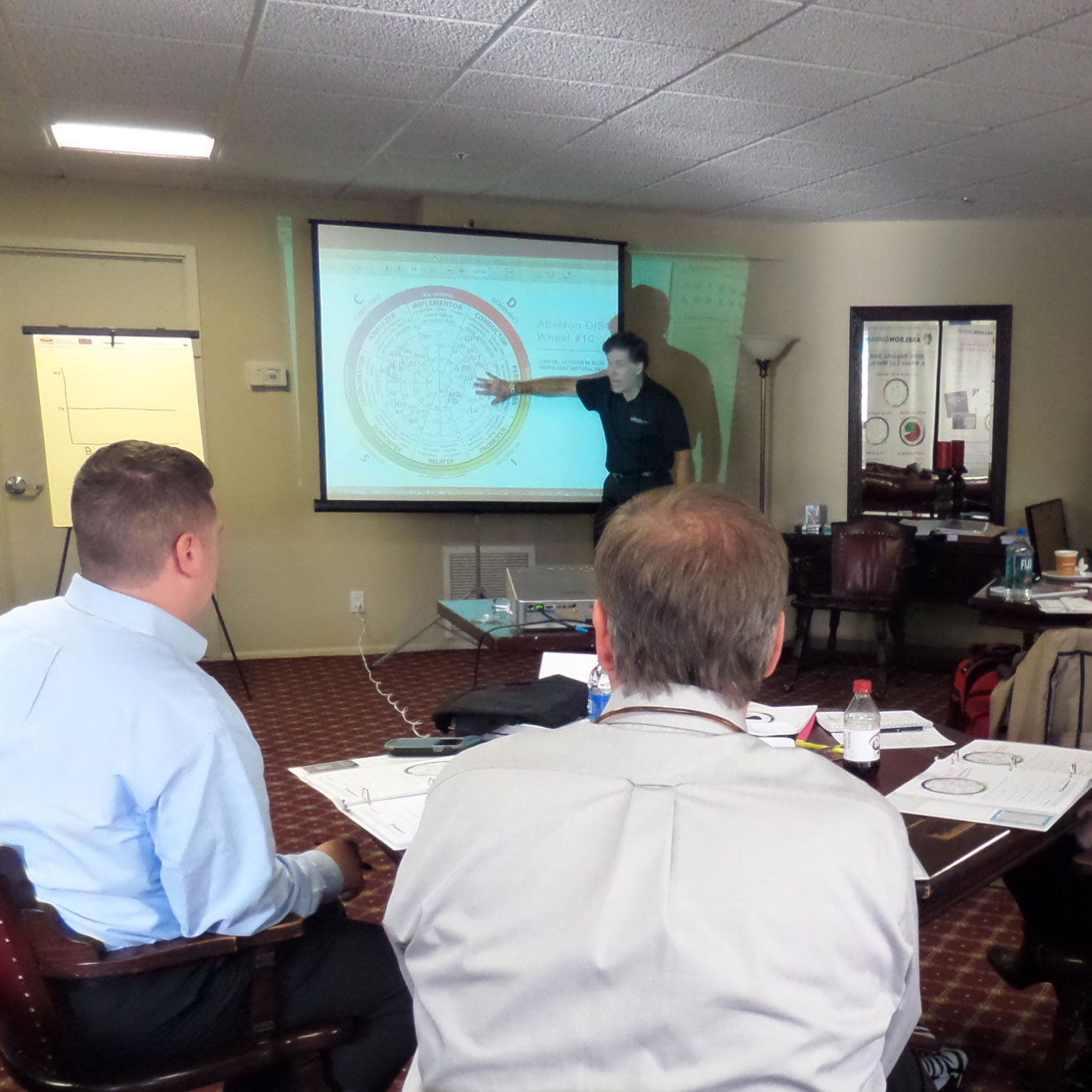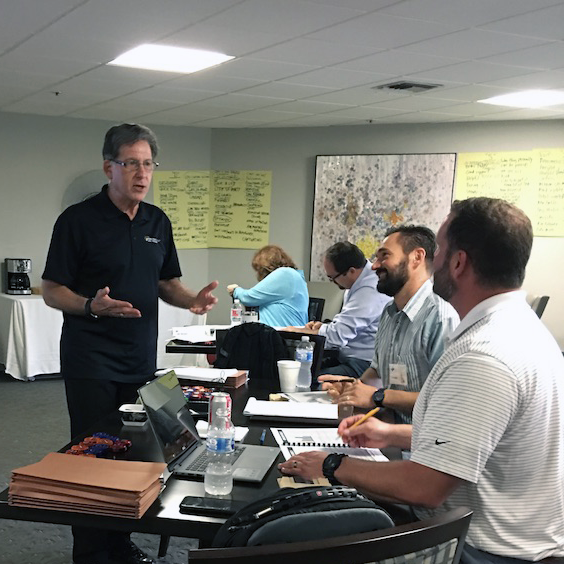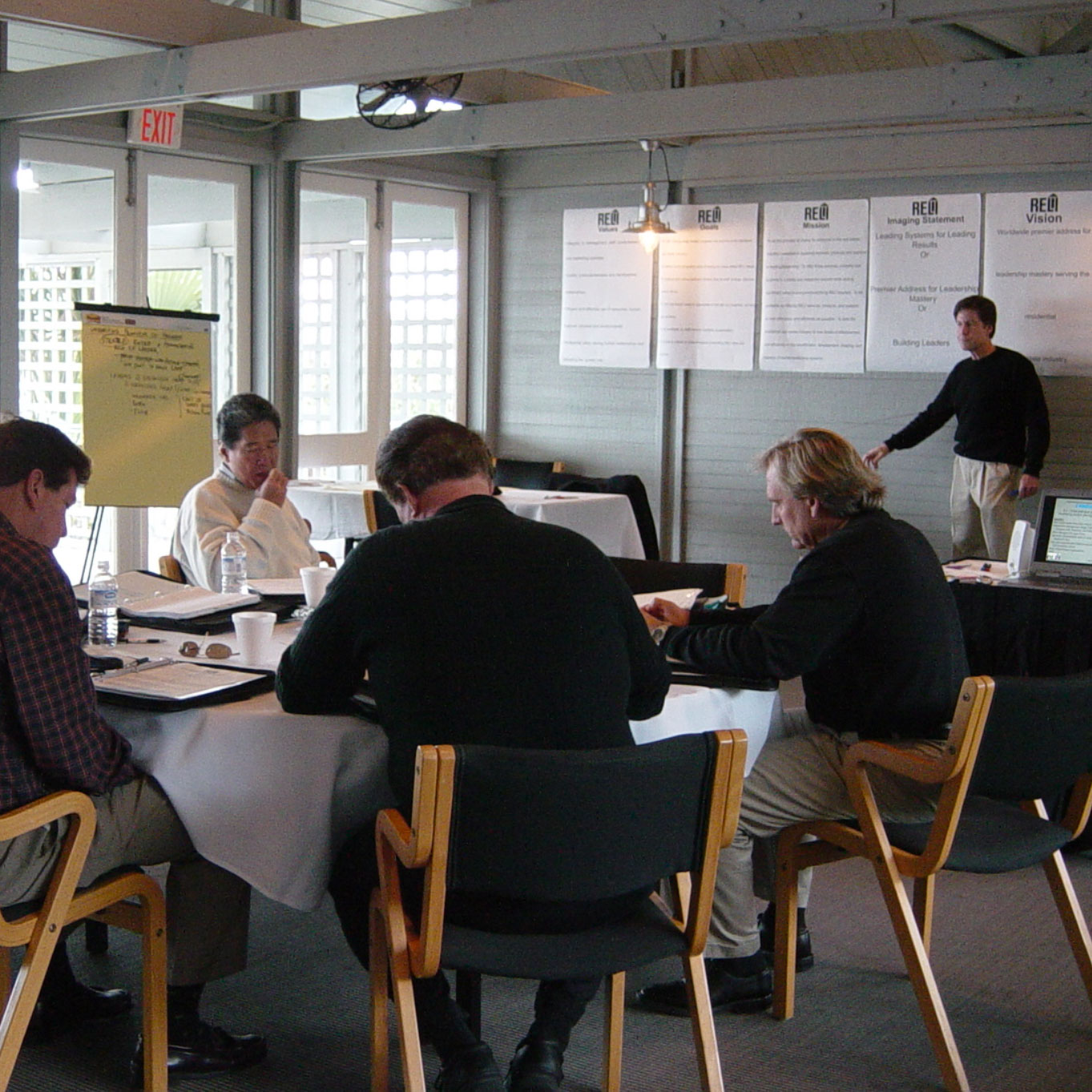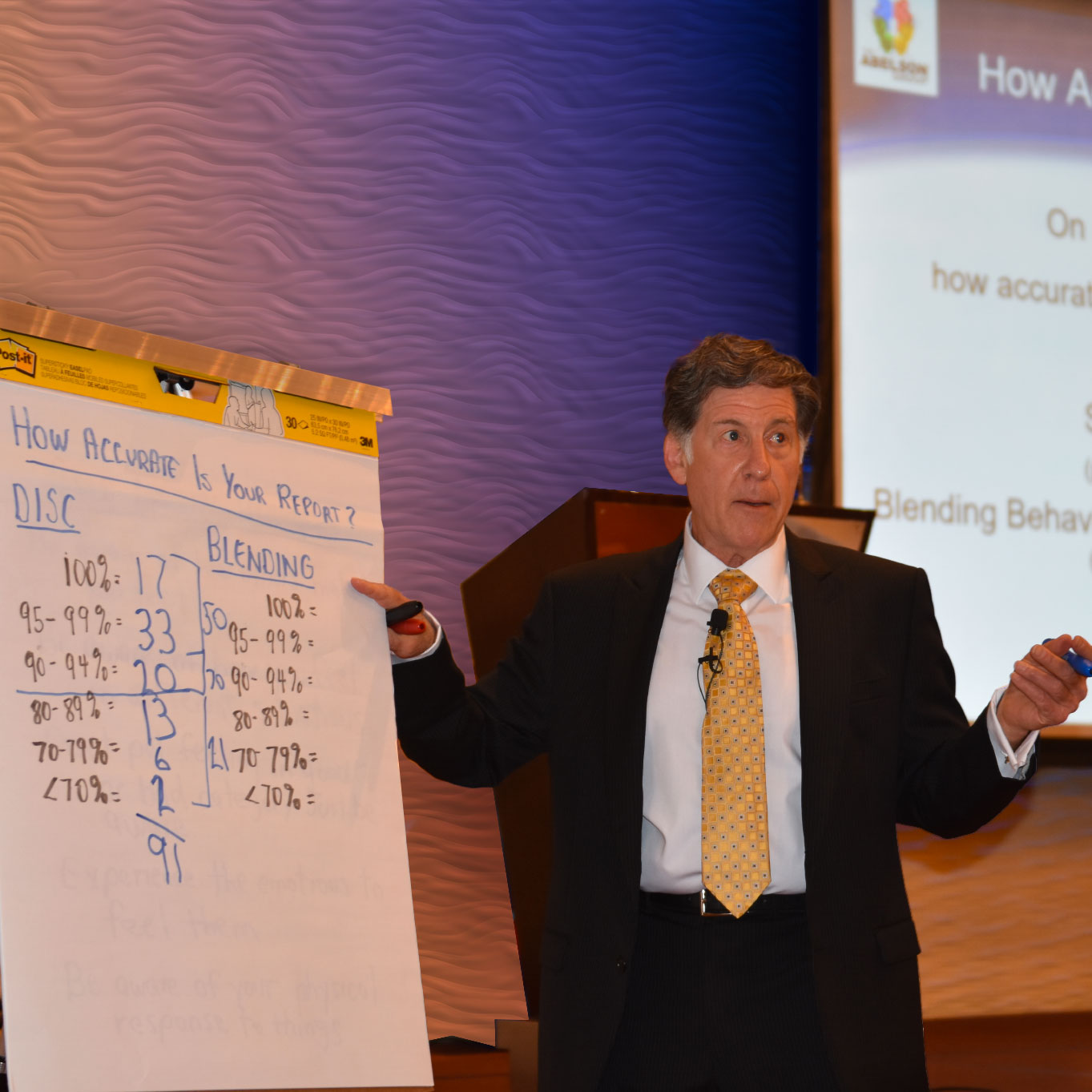Part 1: Rule For Pre-Interview Effectiveness
On a scale from 1 to 10, how would you rank your success hiring staff? Be honest now. Most people believe they can interview well. After all, you talk with someone, you listen to what they say, you determine if they have what it takes to do the job, and, if they fit with you and your organization’s culture, they’re hired. It sounds so easy, right?
Why then is it soon discovered that so many people are a terrible fit with the organization’s needs? Why do decision makers wish they had NEVER hired some people? Research shows that interviewing is one of the most error prone aspects of the hiring process.
Through our research and 40+ years of guiding professionals through these processes, we developed 16 rules that will improve your hiring accuracy and save you money. This is the first in a series of articles to share those rules with you.
Rules for Pre-Interview Effectiveness
Rule #1 – Develop and Use a Job Benchmark
Most people make the big mistake of asking questions related to a job description, a listing of tasks required to be done on the job. The focus, instead, should be on the human characteristics needed to do the tasks of the job. That is what we call a Job Benchmark. The exact tasks of the job typically change, but the characteristics needed to do the job are much more stable. The keys to developing and using a job benchmark are:
- Accurately determine the necessary human characteristics needed to succeed on the job.
- Accurately measure the extent each candidate has these characteristics.
- Accurately compare your job candidates’ personal characteristics against those needed to succeed on the job.
- Hire those people with the best fit that meet your minimum standards or requirements. If people don’t meet your minimum, do NOT hire them. You will be sorry if you do. Instead, restart your search process.
Rule #2 – Standardize The Questions and The Process
It is important to standardize the questions you ask AND standardize your process. These provide
consistency, decreases the likelihood of discrimination claims, and allows for the best information to make your hiring decision. This is a four-stage process. First, create a group of stakeholders who will be involved in the hiring decision to establish your interview process and your interview questions. People for this group can include staff from human resources (if you have a human resource department), the job supervisor, job incumbent(s), and other peers. Your process might include screening procedures, tests for job skills, assessments, or other job performance measures. Interview questions can include questions that delve into past job related experiences, how they deal with stressors associated with the job itself, questions generated because of how they answered the assessments, etc. The mere fact that your organization has a written process for candidate recruitment, will decrease claims of any type of negative bias. Second, people need to be assigned a core set of questions they will be asking. Each person can ask different questions as well, but people need to ask a consistent core set of questions directly related to performing the position. Third, the questions and processes need to be documented, so people know the questions they are to ask and the processes they are to follow. The last step, and one often missed in the rush to complete the hiring process, is to collect all documents related to your interviews, debrief all interviewers to ensure procedures were followed, and refine your processes based on what you learned. Companies often fail to take time to reflect on what was learned during these processes, and what can be improved during the next round of hiring. If you intentionally make this step part of your job hiring process, you are guaranteed to constantly improve.
Rule #3 – Have Appropriate Initial Screening
The objective of most initial screening processes is to qualify job candidates to make sure they have the qualifications needed to effectively perform the job. This helps control hiring costs and keeps the time commitment of those involved in the hiring process to a minimum. There are many different approaches for Initial screening processes. Whatever you decide to do, it must be consistent across job candidates. You want to make sure your process only discriminates on performance, not any of the federally protected EEOC classifications (such as gender, age, etc.). The best approach uses questions that qualify candidates on having appropriate job skills, education, and experience. Some organizations use one or more psychological assessments as their sole screening mechanism. We strongly recommend you do NOT solely use assessments as a screening mechanism. We recommend to all of our assessment clients to use assessments for ONLY about 1/3 of the hiring decision, since no psychological assessment is 100% accurate. Using an assessment as your only initial screening mechanism puts entirely too much pressure on one of the many different mechanisms that should be used to make the hiring decision. The above three Pre-Interview Rules are paramount for effective interviewing. Use them well and you will save money, time, and increase the accuracy of your hiring decision. Our next article looks at rules to follow during the hiring interview itself.
* This article is Part 1 of a multi-part “Mastering the Hiring Interview” article series.






